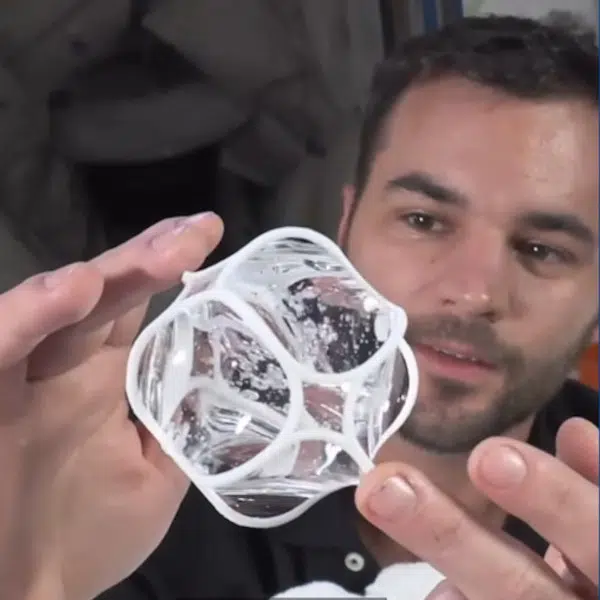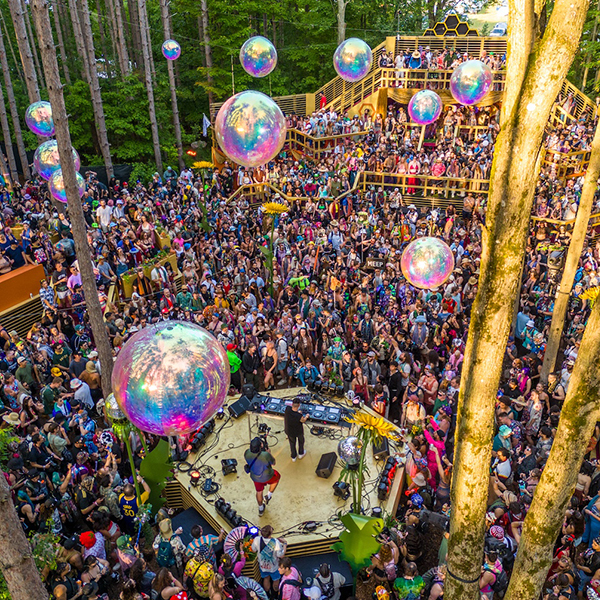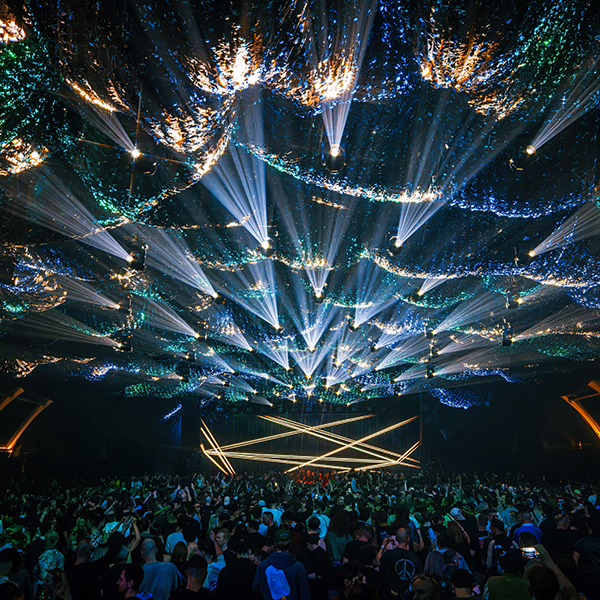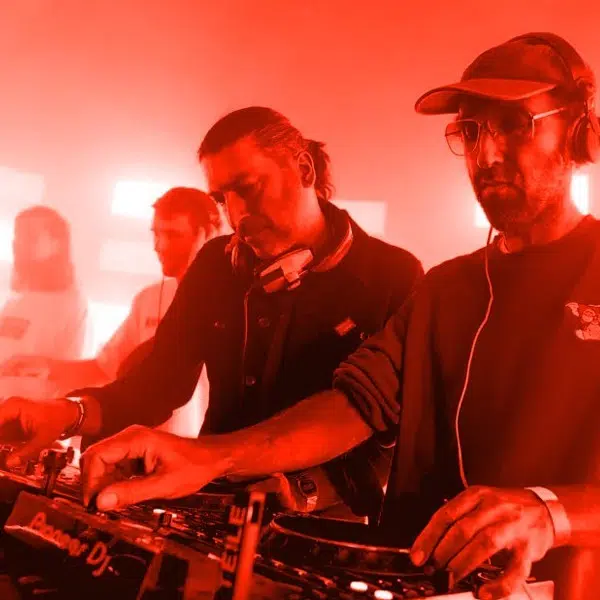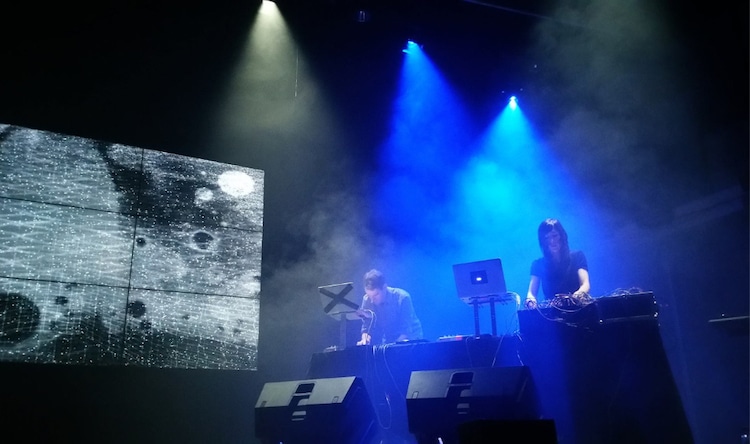
Orphx performing at the LIVELab space at McMaster University (Photo: LIVElab)
Have you ever wondered what makes us dance? A team of scientists from LIVElab at McMaster University in Ontario, Canada, dove into what musical elements signal to our brains that it’s time to get our groove on. They found that low-frequency tones, otherwise known as bass, could be the key.
“I'm trained as a drummer, and most of my research career has been focused on the rhythmic aspects of music and how they make us move,” says Daniel Cameron, neuroscientist and lead researcher. “Music is a biological curiosity—it doesn't reproduce us, it doesn't feed us, and it doesn't shelter us, so why do humans like it and why do they like to move to it?”
The McMaster LIVELab is not your typical lab; it’s a live performance space equipped with state-of-the-art 3D motion capture technology, a sound system that can replicate the experience of a concert, and enhanced speakers that can produce ultra-low frequencies that are undetectable to the human ear. (If you’ve ever been close to the stage at a concert and felt the bass shaking in your chest, it’s a similar concept.)
During the study, volunteers wore motion-sensing headsets to track their dancing as the EDM duo Orphx performed a 45-minute set. Throughout the concert, researchers operated the undetectable bass-producing speakers, turning them on every 2.5 minutes and then turning them off. The research team found that when the low frequencies were played, participants danced about 12% more—even though they couldn’t hear it.
So, why did this happen? Cameron explains our vestibular and tactile systems are behind it. The body’s vestibular system, aka our inner-ear structures that keep us balanced and tell us our body’s position in space, “is sensitive to low-frequency stimulation, especially if it's loud,” the neuroscientist explains.
Cameron adds that our tactile system, or sense of touch, is also sensitive to bass and its vibrations. “[The bass is] feeding into our motor system in the brain, the movement control system in our brain. So it's adding a little bit of gain. It's giving a little more energy [to the body]…from that stimulation through those systems.” As their study states, our anatomy can detect low frequencies, even if we can’t hear it, and “increase ratings of groove (the pleasurable urge to move to music), and modulate musical rhythm perception.”
Researchers state that while their findings show a direct correlation between bass and movement, they don’t necessarily mean they would be the same in real-world, complex situations, like live concerts. Nonetheless, musicians were keen on participating in the study, “because of their interest in this idea that bass can change how the music is experienced in a way that impacts movement,” Cameron says. “The study had high ecological validity, as this was a real musical and dance experience for people at a real live show.”
So, next time you’re grabbing tickets for a concert, look for seats close to the speakers to ensure a night full of dancing.
A team of scientists from LIVELab at McMaster University in Ontario, Canada dove into what musical elements signal to our brains it's time to get our groove on—the answer, it seems, is bass.
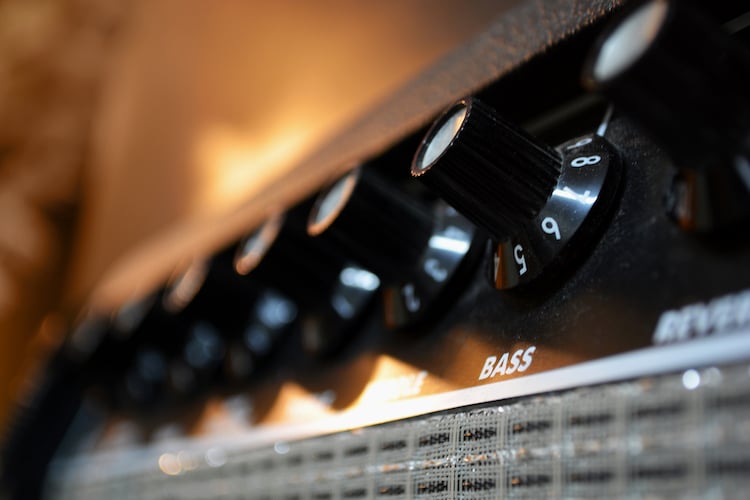
Photo: itsh01/Depositphotos
The McMaster LIVELab is a live performance space equipped with 3D motion capture technology, a special sound system, and enhanced speakers that produce undetectable bass.
View this post on Instagram
Volunteers wore motion-sensing headsets to track their dancing as the EDM duo Orphyx performed a 45-minute set. Throughout the concert, researchers operated the undetectable bass-producing speakers, turning them on every 2.5 minutes and then turning them off.
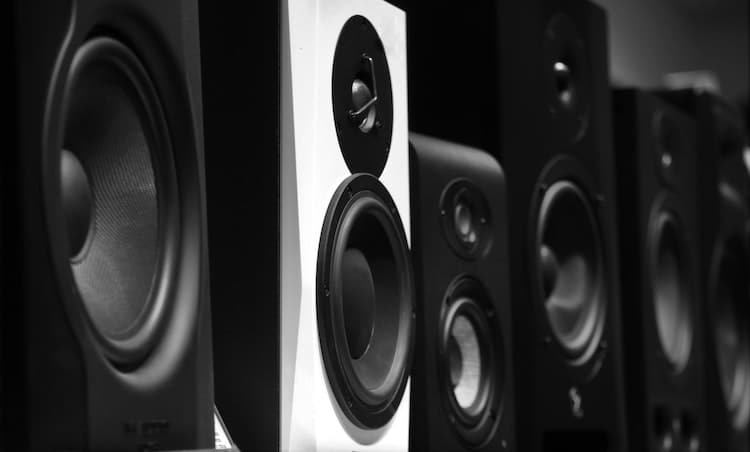
Photo: Sandy Kawadkar
The research team found that when the low frequencies were played, participants danced about 12% more, even though they couldn’t hear it.
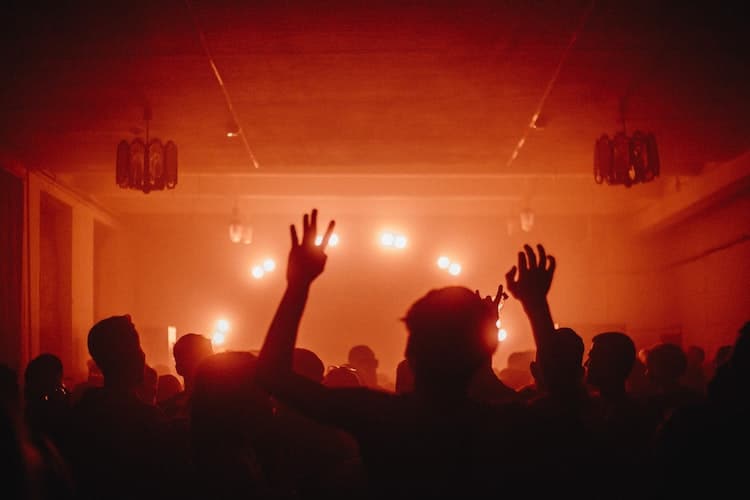
Photo: Aleksandr Popov
Daniel Cameron, a neuroscientist and the study’s lead researcher, explains that our body’s vestibular and tactile systems are the reasons why.
View this post on Instagram
The body’s vestibular system, our inner-ear structures that keep us balanced and tell us our body’s position in space, “is sensitive to low-frequency stimulation, especially if it's loud,” he states.

Photo: prettyvectors/Depositphotos
Cameron adds that our tactile system, or sense of touch, is also sensitive to bass and its vibrations.
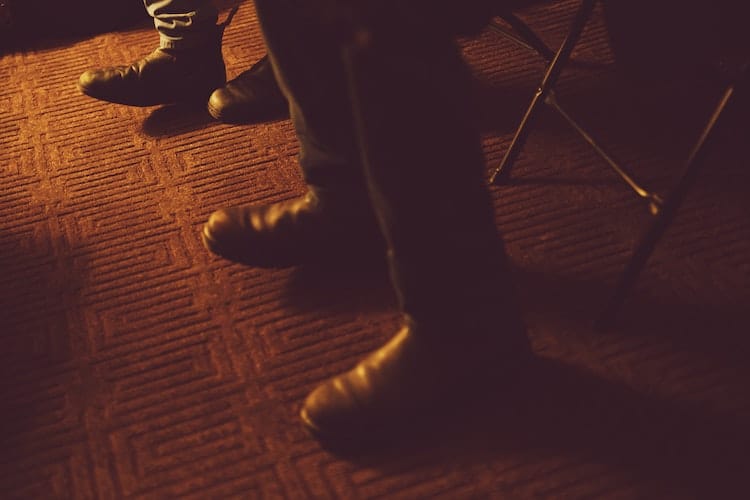
Photo: Karori Production
So when these low frequencies are introduced to the environment, even if we can’t hear them, our anatomy controls our bodies’ rhythm perception and signals an urge to move.

Photo: Antoine J.
Researchers state that while their findings show a direct correlation between bass and movement, they don’t necessarily mean they would be the same in real-world, complex situations, like live concerts.

Photo: Aditya Chinchure
Nonetheless, musicians were keen on participating in the study, because learning how bass affects concertgoers’ movements is important to keep the interest of a crowd.

Photo: Marcela Laskoski
So, next time you’re grabbing tickets for a concert, look for seats close to the speakers to ensure a night full of dancing.
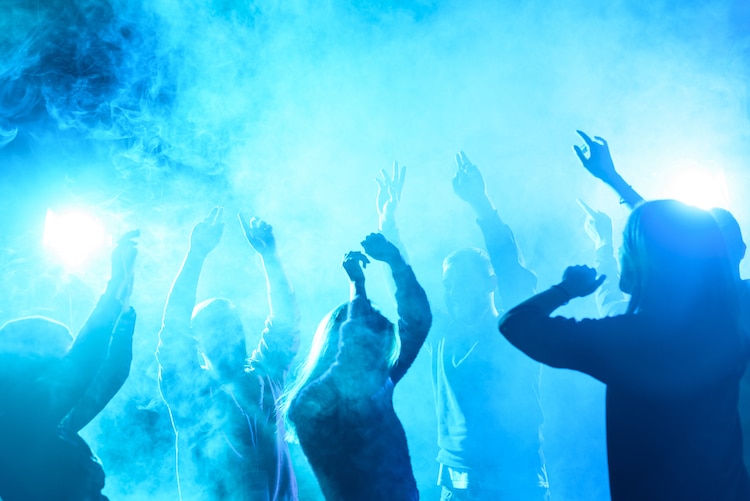
Photo: AllaSerebrina/Depositphotos
h/t: [NPR]
Related Articles:
Musician Duets Herself by Covering the Eerie ‘Danse Macabre’ With an Organ and Flute
Woman Forbidden From Being a Musician as a Child Releases Album at 95 and Wins Latin Grammy
Rick Astley Recreates “Never Gonna Give You Up” Music Video After 35 Years











































































